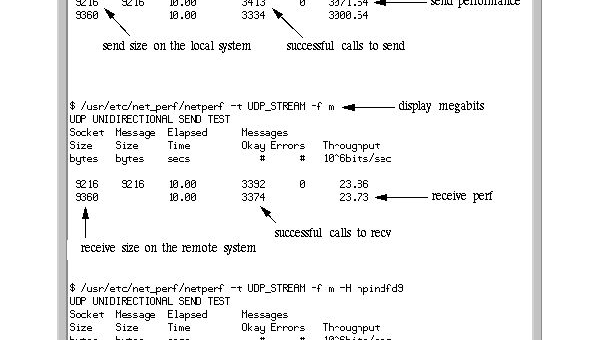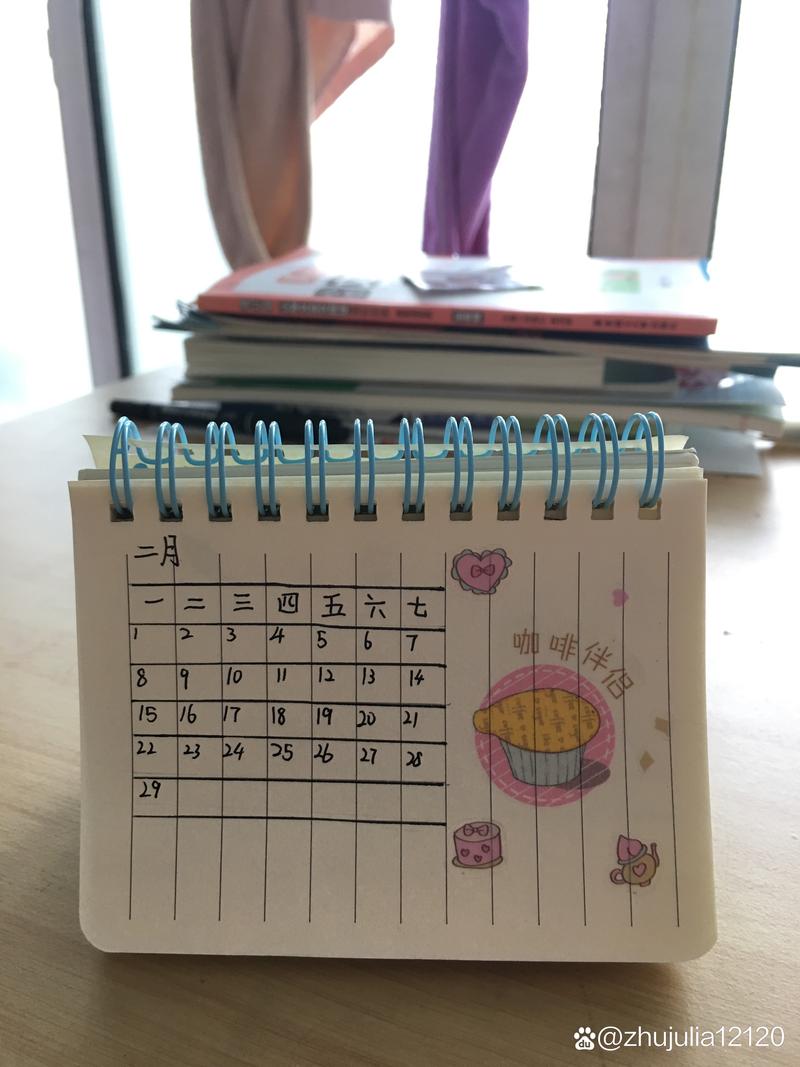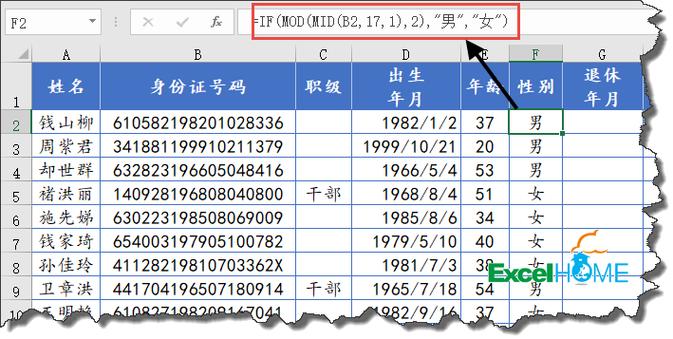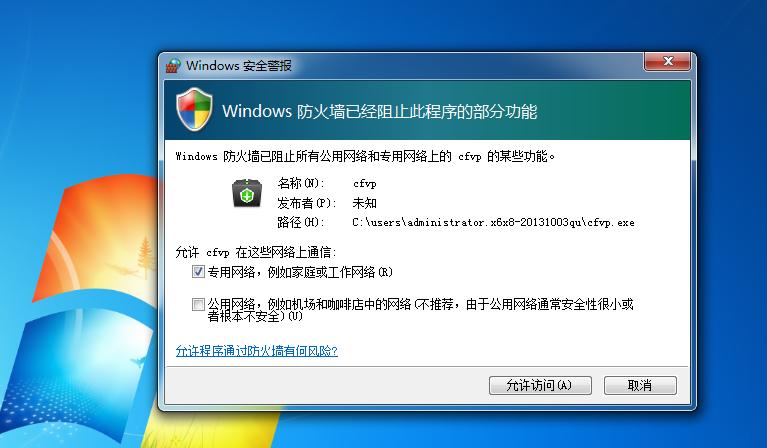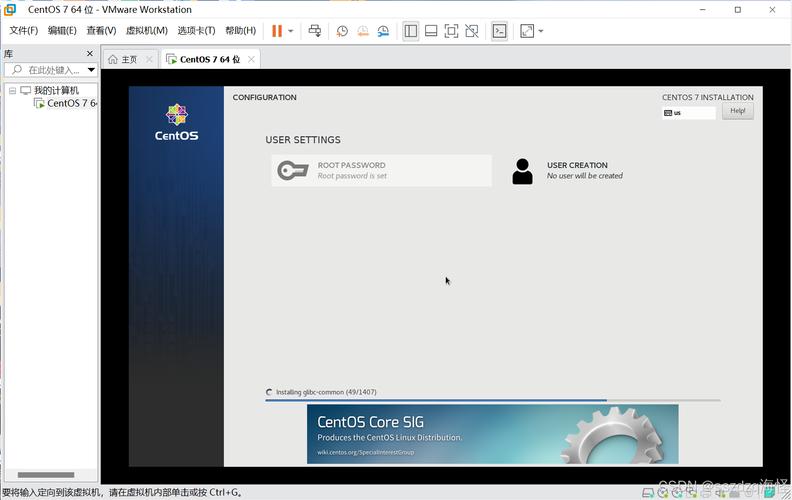引言
在分布式系统中,网络延迟、服务暂时不可用等问题经常出现,导致操作失败。这些暂时性故障通常可以通过重试来解决。
spring框架提供了springretry模块,它实现了强大的重试机制,帮助开发者优雅地处理这些临时性错误。
一、springretry基础知识
springretry是spring生态系统中的一个组件,专门用于处理可重试操作。它提供了声明式重试支持,使开发者能够以非侵入式的方式为方法添加重试能力。springretry的核心思想是将重试逻辑与业务逻辑分离,使代码更加清晰和可维护。
要使用springretry,需要先添加相关依赖到项目中。对于maven项目,可以添加以下依赖:
org.springframework.retry spring-retry 1.3.3 org.springframework spring-aspects
在spring boot项目中,可以直接使用spring-boot-starter-aop,它已经包含了所需的aop依赖:
org.springframework.boot spring-boot-starter-aop
二、启用springretry
在使用springretry之前,需要在应用中启用它。
在spring boot应用中,只需在主类或配置类上添加@enableretry注解即可:
import org.springframework.boot.springapplication;
import org.springframework.boot.autoconfigure.springbootapplication;
import org.springframework.retry.annotation.enableretry;
@springbootapplication
@enableretry // 启用springretry功能
public class retrydemoapplication {
public static void main(string[] args) {
springapplication.run(retrydemoapplication.class, args);
}
}
@enableretry注解会使spring创建一个切面,拦截所有带有@retryable注解的方法调用,并在方法调用失败时根据配置进行重试。
这种基于aop的实现使得重试逻辑对业务代码完全透明,符合关注点分离的设计原则。
三、@retryable注解详解
@retryable是springretry提供的核心注解,用于标记需要进行重试的方法。当带有@retryable注解的方法抛出异常时,springretry会根据配置的策略进行重试。
import org.springframework.retry.annotation.retryable;
import org.springframework.stereotype.service;
@service
public class remoteserviceclient {
@retryable(
value = {servicetemporaryexception.class}, // 指定触发重试的异常类型
maxattempts = 3, // 最大重试次数(包括第一次调用)
backoff = @backoff(delay = 1000, multiplier = 2) // 退避策略
)
public string callremoteservice(string param) {
// 模拟远程服务调用,可能会抛出异常
system.out.println("calling remote service with parameter: " + param);
if (math.random() > 0.7) {
return "success response";
} else {
throw new servicetemporaryexception("service temporarily unavailable");
}
}
}
// 自定义的临时性服务异常
class servicetemporaryexception extends runtimeexception {
public servicetemporaryexception(string message) {
super(message);
}
}
@retryable注解支持多个属性配置,这些属性定义了重试的行为:
value/include:指定哪些异常类型应该触发重试exclude:指定哪些异常类型不应该触发重试maxattempts:最大尝试次数,默认为3次backoff:定义重试间隔的退避策略
在生产环境中,合理配置这些参数对于实现有效的重试机制至关重要。例如,对于网络请求,可能需要较长的重试间隔;而对于内存操作,可能只需要很短的间隔。
四、重试回退策略(backoff)
重试回退策略控制着重试之间的等待时间。springretry提供了@backoff注解来配置回退策略,它通常与@retryable一起使用。
import org.springframework.retry.annotation.backoff;
import org.springframework.retry.annotation.retryable;
import org.springframework.stereotype.service;
@service
public class externalapiclient {
@retryable(
value = {apiexception.class},
maxattempts = 4,
backoff = @backoff(
delay = 1000, // 初始延迟时间(毫秒)
multiplier = 2, // 延迟倍数
maxdelay = 10000 // 最大延迟时间(毫秒)
)
)
public string fetchdata() {
// 调用外部api的实现
system.out.println("attempting to fetch data from external api at " + system.currenttimemillis());
double random = math.random();
if (random < 0.8) {
throw new apiexception("api temporarily unavailable");
}
return "data successfully fetched";
}
}
class apiexception extends runtimeexception {
public apiexception(string message) {
super(message);
}
}
在上面的示例中,重试间隔会按照指数增长:第一次失败后等待1秒,第二次失败后等待2秒,第三次失败后等待4秒。这种指数退避策略在处理可能因负载过高而失败的服务时特别有用,因为它给服务留出了更多的恢复时间。
@backoff注解的主要属性包括:
delay:初始延迟时间(毫秒)multiplier:延迟时间的乘数因子maxdelay:最大延迟时间(毫秒)random:是否添加随机性(避免多个客户端同时重试造成的"惊群效应")
五、恢复方法(@recover)
当重试达到最大次数后仍然失败,springretry提供了@recover注解来定义恢复方法。恢复方法必须与@retryable方法在同一个类中,且具有兼容的返回类型和参数列表。
import org.springframework.retry.annotation.recover;
import org.springframework.retry.annotation.retryable;
import org.springframework.stereotype.service;
@service
public class paymentservice {
@retryable(
value = {paymentexception.class},
maxattempts = 3
)
public string processpayment(string orderid, double amount) {
system.out.println("processing payment for order: " + orderid + ", amount: " + amount);
// 模拟付款处理,有时会失败
if (math.random() < 0.7) {
throw new paymentexception("payment gateway timeout");
}
return "payment successful";
}
@recover
public string recoverpayment(paymentexception e, string orderid, double amount) {
// 当重试耗尽时执行恢复逻辑
system.out.println("all retries failed for order: " + orderid);
// 可以记录日志、发送通知或执行备用操作
return "payment processing failed after multiple attempts. please try again later.";
}
}
class paymentexception extends runtimeexception {
public paymentexception(string message) {
super(message);
}
}
@recover方法的第一个参数必须是触发重试的异常类型,随后的参数应与@retryable方法的参数列表一致。当所有重试都失败时,springretry会自动调用恢复方法,并将最后一次异常作为第一个参数传入。
恢复方法是一种优雅的失败处理机制,它可以用来实现降级服务、记录详细错误信息、发送警报通知等功能,确保即使在重试失败后,系统仍然能够优雅地处理和响应。
六、自定义重试策略
除了使用注解配置,springretry还支持通过编程方式定义更复杂的重试策略。这对于需要动态调整重试行为的场景特别有用。
import org.springframework.context.annotation.bean;
import org.springframework.context.annotation.configuration;
import org.springframework.retry.retrypolicy;
import org.springframework.retry.backoff.exponentialbackoffpolicy;
import org.springframework.retry.policy.simpleretrypolicy;
import org.springframework.retry.support.retrytemplate;
import java.util.hashmap;
import java.util.map;
@configuration
public class retryconfiguration {
@bean
public retrytemplate retrytemplate() {
retrytemplate template = new retrytemplate();
// 配置重试策略
map, boolean> retryableexceptions = new hashmap<>();
retryableexceptions.put(networkexception.class, true);
retryableexceptions.put(databaseexception.class, true);
retryableexceptions.put(unrecoverableexception.class, false);
retrypolicy retrypolicy = new simpleretrypolicy(5, retryableexceptions);
template.setretrypolicy(retrypolicy);
// 配置退避策略
exponentialbackoffpolicy backoffpolicy = new exponentialbackoffpolicy();
backoffpolicy.setinitialinterval(1000);
backoffpolicy.setmultiplier(2.0);
backoffpolicy.setmaxinterval(10000);
template.setbackoffpolicy(backoffpolicy);
return template;
}
}
// 使用retrytemplate的示例
@service
public class dataservice {
private final retrytemplate retrytemplate;
@autowired
public dataservice(retrytemplate retrytemplate) {
this.retrytemplate = retrytemplate;
}
public string fetchdata() {
return retrytemplate.execute(context -> {
// 在这里执行可能失败的操作
system.out.println("attempt number: " + context.getretrycount());
if (math.random() < 0.7) {
throw new networkexception("network connection failed");
}
return "data fetched successfully";
});
}
}
class networkexception extends runtimeexception {
public networkexception(string message) {
super(message);
}
}
class databaseexception extends runtimeexception {
public databaseexception(string message) {
super(message);
}
}
class unrecoverableexception extends runtimeexception {
public unrecoverableexception(string message) {
super(message);
}
}
使用retrytemplate,你可以创建高度定制化的重试行为,包括:
- 为不同类型的异常配置不同的重试策略
- 实现自定义的retrypolicy和backoffpolicy
- 在重试上下文中存储和访问状态信息
- 监听重试过程中的各种事件
编程式配置虽然比注解方式更复杂,但提供了更大的灵活性,适合那些有特殊需求的场景。
七、重试策略的最佳实践
在实际应用中,正确配置重试策略对于系统的稳定性和性能至关重要。以下是一些关于springretry使用的最佳实践:
import org.springframework.retry.annotation.retryable;
import org.springframework.stereotype.service;
import org.springframework.retry.annotation.backoff;
import org.springframework.retry.annotation.recover;
@service
public class bestpracticeservice {
@retryable(
value = {transientexception.class},
maxattempts = 3,
exclude = {permanentexception.class},
backoff = @backoff(delay = 2000, multiplier = 1.5, random = true)
)
public string serviceoperation(string input) {
system.out.println("performing operation with input: " + input);
// 模拟业务逻辑
double chance = math.random();
if (chance < 0.4) {
throw new transientexception("temporary failure");
} else if (chance < 0.5) {
throw new permanentexception("permanent failure");
}
return "operation completed successfully";
}
@recover
public string fallbackmethod(transientexception e, string input) {
system.out.println("all retries failed for input: " + input);
// 实现降级逻辑
return "using fallback response for: " + input;
}
}
class transientexception extends runtimeexception {
public transientexception(string message) {
super(message);
}
}
class permanentexception extends runtimeexception {
public permanentexception(string message) {
super(message);
}
}
在设计重试策略时,应该考虑以下几点:
- 区分暂时性和永久性故障:只对可能自行恢复的暂时性故障进行重试,避免对永久性故障进行无意义的重试。
- 设置合理的重试次数:过多的重试可能会加剧系统负载,而过少的重试可能无法有效应对临时故障。
- 使用适当的退避策略:指数退避通常比固定间隔更有效,它可以给系统足够的恢复时间。
- 添加随机性:在重试间隔中添加随机因素可以防止多个客户端同时重试导致的"惊群效应"。
- 设置超时机制:为每次尝试设置合理的超时时间,避免因单次操作卡住而影响整体重试策略的执行。
总结
springretry为java应用程序提供了强大而灵活的重试机制,通过@retryable注解和相关配置,开发者可以以非侵入式的方式为方法添加重试能力。
本文详细介绍了springretry的基本使用、@retryable注解的配置、重试回退策略、恢复方法以及自定义重试策略,并提供了相关的最佳实践建议。使用springretry可以显著提高分布式系统的稳定性,使应用程序能够优雅地处理临时性故障。
在实际应用中,开发者应根据具体场景和需求,合理配置重试策略,既要确保系统能够有效应对临时故障,又要避免因过度重试而对系统造成负面影响。
以上为个人经验,希望能给大家一个参考,也希望大家多多支持代码网。

